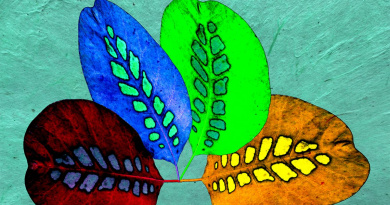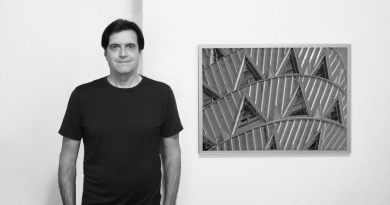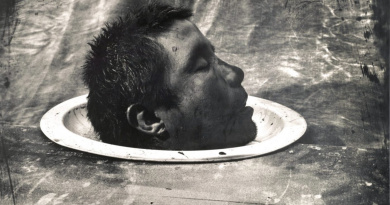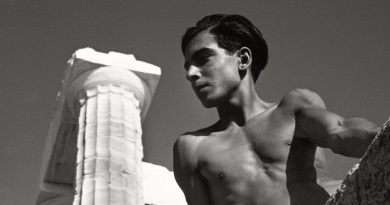1854 & British Journal of Photography announce the winners of the inaugural Decade of Change award. Decade of Change is a global photography award and collaborative exhibition dedicated to documenting the defining matter of our time: the climate crisis.
In late 2019, the United Nations reported that countries are continuing to drift further off course in combating climate change. As the world turns on its axis, so the fragility of our planet becomes ever more pronounced: sea levels rising, ecosystems collapsing, livelihoods in peril.
With governments repeatedly failing to act, photography can serve as a mirror. A warning sound. A vehicle for truth. Harnessing British Journal of Photography’s global platform, Decade of Change will curate some of the world’s most powerful creative responses to the climate crisis in one of the farthest-reaching photography exhibitions the world has ever seen.
From humankind to wildlife, cityscapes to ecosystems, Decade of Change will speak both to the power and precariousness – the strength and frailty – of our planet. Selected work will teach, provoke, challenge, probe; it will celebrate all that we have to protect, and caution all that we have to lose.
Two series, 40 single images and one moving image – which together span stories across the globe – have been named this year’s winners by a jury of leading figures in politics, activism, science and the arts. From farmer suicide in India to indigenous conceptions of nature in Ecuador, wildfires in the American West to water stress in South Africa, the rich and urgent curation of work constitutes a masterful exploration of the climate crisis in all its many facets.
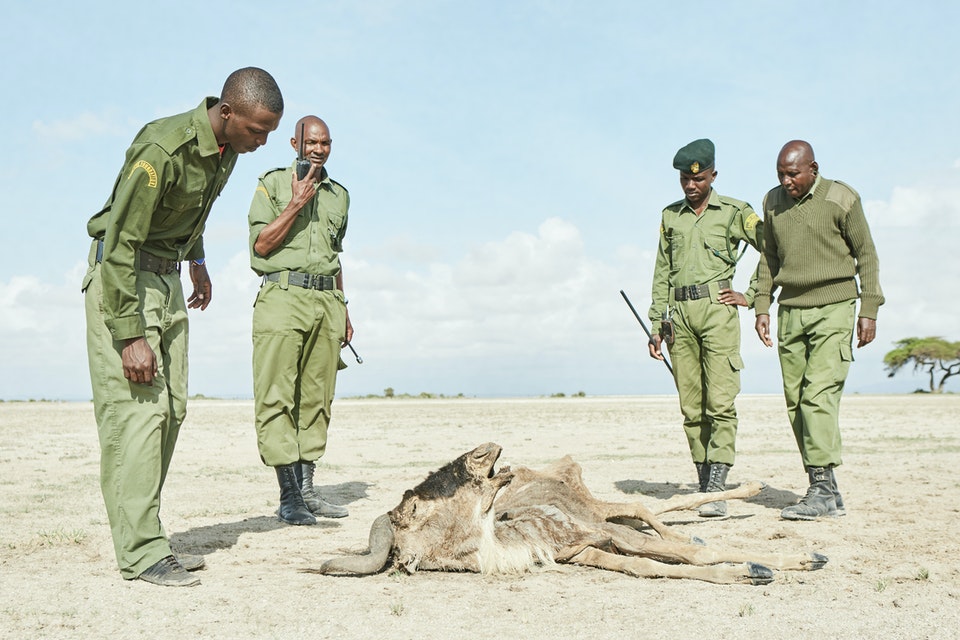
© Alex Grace, Decade of Change Single Image Winner
On Patrol by Alex Grace: The Big Life rangers from Esiteti (in Amboseli, Kenya)
come across a Wildebeest that appears to have died from the drought.
When the rains fail, food and water is in short supply.
From the creators of Portrait of Humanity and Portrait of Britain, two of the most viewed photographic exhibitions in history, Decade of Change is a new environmental photography award conceived to harness the universal power of art and imagery to galvanise climate action. Two series, 40 single images and one moving image – which together span stories across the globe – have been named this year’s winners by a jury of leading figures in politics, activism, science and the arts.
From farmer suicide in India to indigenous conceptions of nature in Ecuador, wildfires in the American West to water stress in South Africa, the rich and urgent curation of work constitutes a masterful exploration of the climate crisis in all its many facets.
Decade of Change is set to culminate in a major international photography exhibition touring to Jockey Club Museum of Climate Change from 27 May for 3 months and to New York later this year The inaugural Decade of Change jury made up one of 1854’s most prominent panels to date, including Terry Tamminen, former CEO of the Leonardo DiCaprio Foundation; Paul Dickinson, Founder and Executive Chairman of CDP; Hindou Oumarou Ibrahim, President of the Association for Indigenous Women and Peoples of Chad (AFPAT) and other major voices in climate discourse and activism.
Single Image Winners (Selection) - Click on one image for full-size
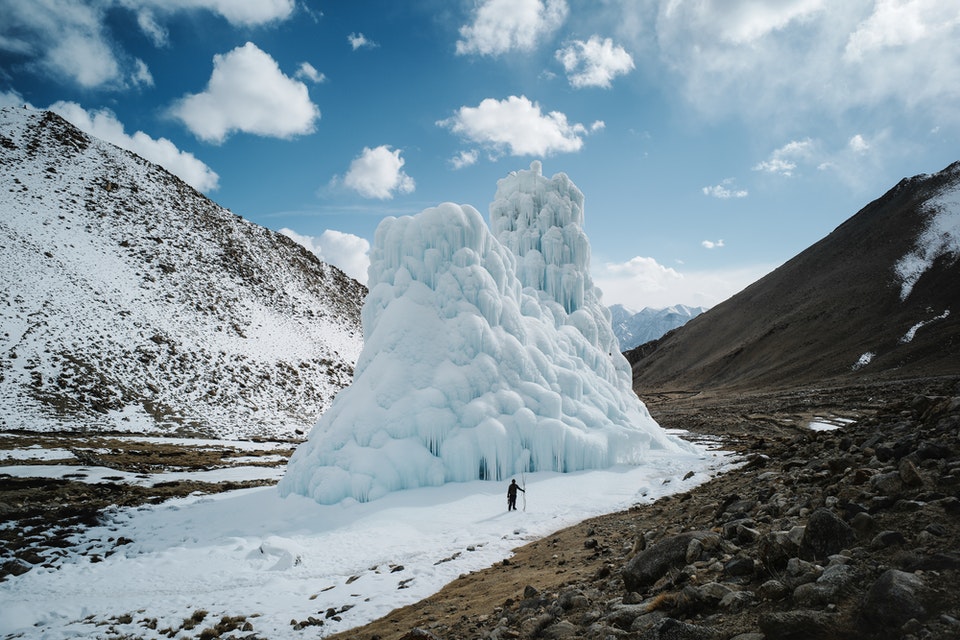
The Ice Stupas by Ciril Jazbec: One way to fight climate change: Make your own glaciers. As snows dwindle and glaciers recede, people in the mountains of northern India are building huge ice cones called Ice Stupas that provide water into summer. This 33,5m high Ice Stupa near the village of Shara Phuktsey won first prize for the largest Ice Stupa in a 2019 competition. Its nearly two million gallons of stored water which helped irrigate fields in four villages. The stupa also drew tourists: Ice climbers came to scale its steep flanks. © Ciril Jazbec
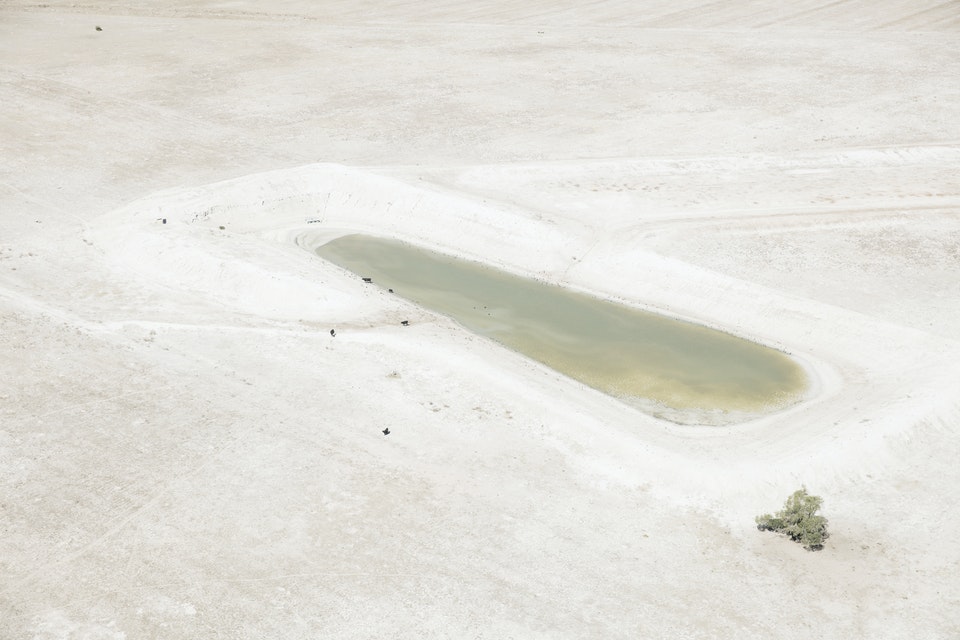
Farm Dam, Cape Town - "Day Zero” by Joel Redman: A farm dam sits on the outskirts of Cape Town. In early 2018 after years of sustained drought, the city faced a freshwater crisis. Severe water restrictions had been enacted, though with time paramount the city imposed the very real threat of “Day Zero” – May 11th, 2018. A date when potentially water to local communities’ homes in the area may be turned off, and at which point people would need to queue for water at designated standpoints to collect their supplies. Fortunately, due to the city and the local populations resolve, response, as well as welcome rains this situation was narrowly avoided, though it serves as an important reminder to how we treat and respect our natural world, as these severe climactic events become more frequent. Image from a wider story titled – Day Zero. © Joel Redman
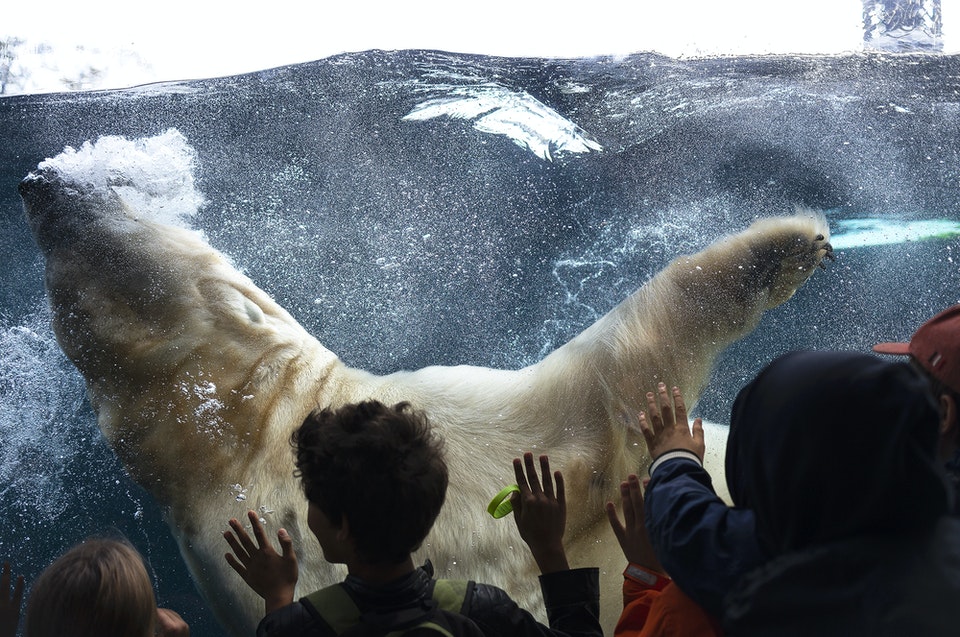
Conservation status: Vulnerable (part of Humanature project, 2018 by Natalia Poniatowska: In the age of constant questioning of the connection between us, humans, and the nature that surrounds us, the Humanature project, including this photograph, came to being as a subconscious selection of images that represent the current mood of such conversations. The picture was taken at Copenhagen Zoo. Humanature does not deliver an answer or points towards a certain issue, but rather stays ambiguous in its outlook and leaves the interpretation to the spectator. © Natalia Poniatowska
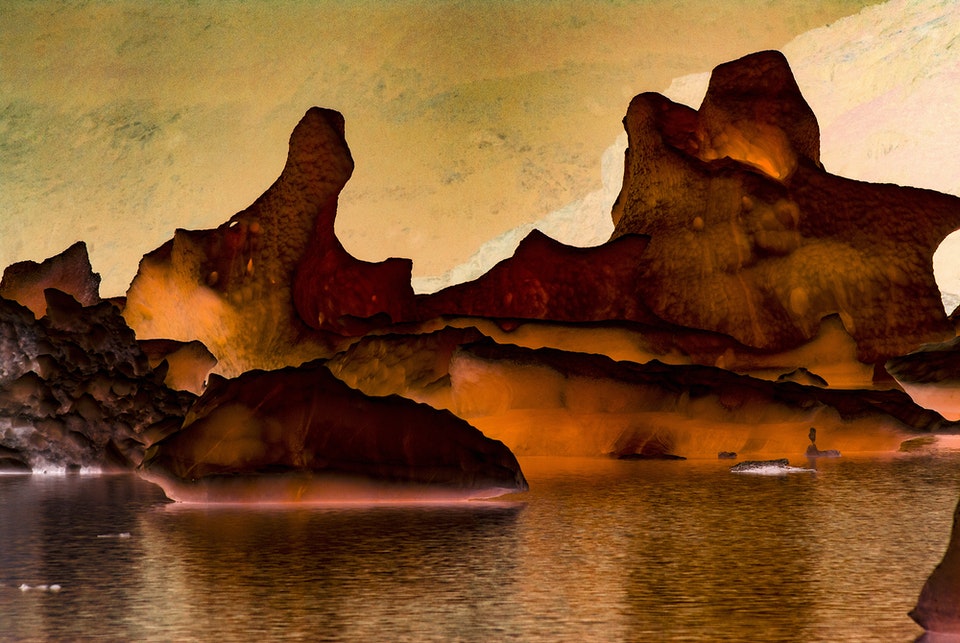
FireBerg'08 Hot|as|ice #S3-6 by Patrizia Dottori: It is the beginning of a research through the opposite view of reality. Actually, I used the negative as a point of view to transmit heat through ice: the cracks of glaciers become the cracks of a volcano, the expanses of water become red-hot lands. The photographic inversion from positive to negative does not change the state of things: water remains water and ice remains ice. In these images there is no solution to the environmental problem, but the relationship between the daily experience with the fundamental element, water, and the concept of change through its transformation so that the thread of our thoughts creates the energy necessary for mankind so that everyone makes a small effort to be involved in supporting scientific solution. © Patrizia Dottori
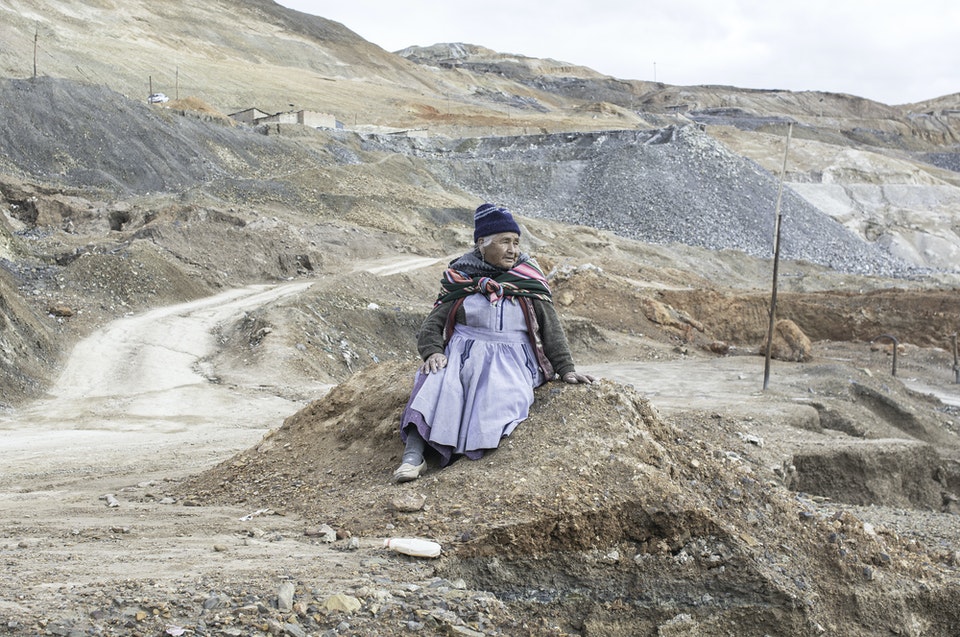
Sumaj Orck'o ("Beautiful Hill"). Potosí, since 1545 by Javier Clemente Martinez: The Potosi mines were first plundered and exploited by the Spanish Empire, which began 475 years ago; with more than 4000 meters high and bordered by miles of tunnels of the inexhaustible mines of Potosí, which contributed to the Spanish Empire and all of Europe during the time of the conquest of America, more silver than any other place in the world, at the cost of the forced labour of indigenous slaves and countless corpses throughout the centuries. The city of Potosí still lives in the shadow of Cerro Rico. Mining is still the basis of the local economy; few things have changed for centuries. Potosi is currently an open hurt of colonialism in America. The mountains also cry: Potosi. © Javier Clemente Martinez
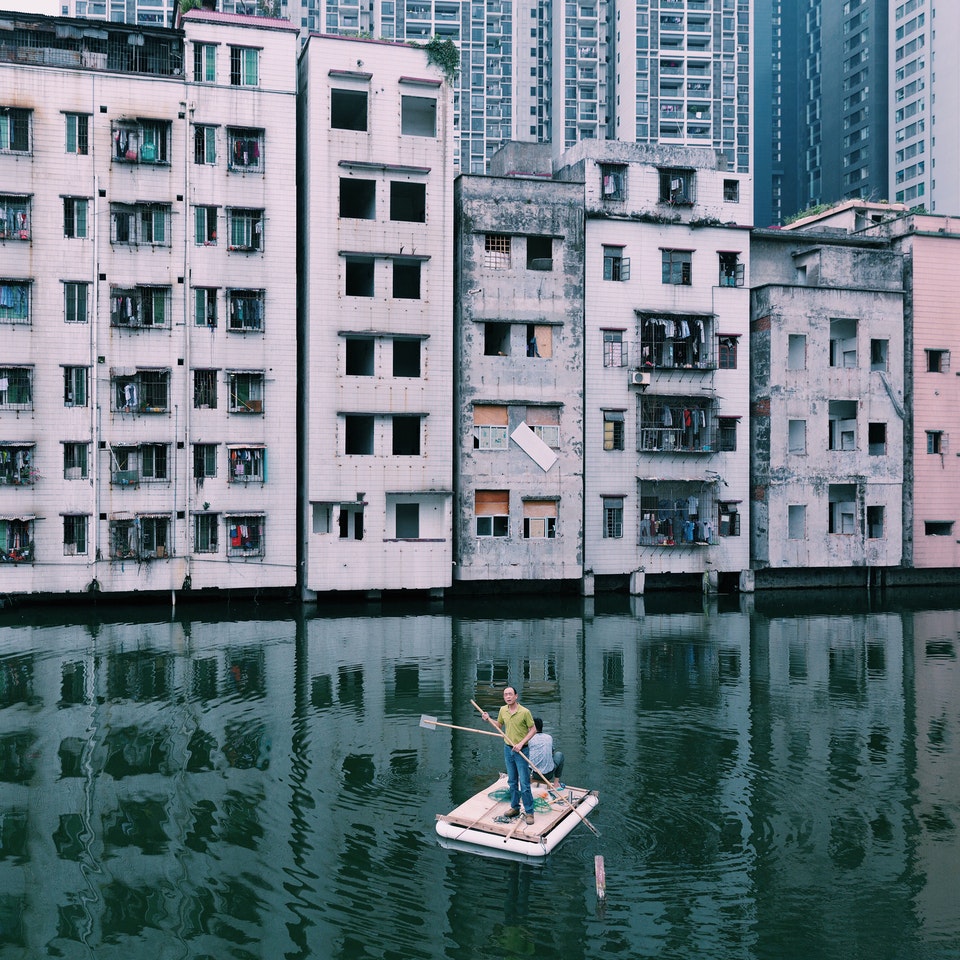
Men in a Pond by Yuyang Liu: Guangzhou, China. 2015. Two men were fishing in the pond of Xian Village which is in the center of Guangzhou city. There was a conflict between locals and real estate developers for more than 7 years because of the uneven compensation and the corruption of Xian village leaders. Xian village is an epitome of China's urbanization. © Yuyang Liu
Winners — Series
First Witnesses by Vivay Jodha
Despite contributing the least to the causes of climate change, developing countries are hit the hardest by its impacts. First Witnesses is a poignant portrait series about India’s farming community — many of whom borrow money to lease land or buy seeds, but are often unable to repay loans when increasingly erratic weather patterns ruin their crops. Since 1995, this inability to repay loans or keep farms viable has led to over 300,000 Indian farmers committing suicide.
Having begun four years ago, Jodha’s ongoing project, First Witnesses, is centered around the survivors – mainly widows – who are the first witnesses to this largely climate-induced tragedy.
Photos © Vivay Jodha

Winners — Series
Kawsak Sacha (The Living Jungle) by Evangelos Daskalakis
Kawsak Sacha is a poetic documentary series that ruminates on humankind’s capacity to co-exist with the natural world. Set amongst Sarayaku, an indigenous Kichwa community in the Ecuadorian Amazonia, the project explores the concept of ‘Kawsak Sacha’, or ‘the Living Jungle’ — which understands the forest as a living being that is formed of and communicates with all the beings that live within it: its protecting spirits, animals, plants, trees, waterfalls and rivers.
Having lived with the community for a period, photographer Evangelos Daskalakis experienced first-hand how “a society that looks poor at first glance, due its lack of material goods, manages to interpret the notion of wealth differently: by prioritizing instead nature, simplicity, communal life, creativity and solidarity.”
Photo © Evangelos Daskalakis

Winner — Moving Image
Cambodia Burning by Sean Gallagher
Using a unique mix of drone cinematography and Cambodian poetry, Sean Gallagher’s film explores the changes in Cambodia’s landscapes, brought about by deforestation and forest fires, and the emotional impact these changes have had on Cambodian people.
Deforestation has been accelerating across Cambodia and it is estimated up to a quarter of the country’s forests were lost in the past 20 years. The main drivers behind deforestation in Cambodia are conversion of forest lands for agricultural use and targeted logging of valuable species, such as Rosewood, for the Asian furniture markets.
Each year, fires burn in record numbers throughout the forests of north and central Cambodia. At their peak during the dry season between January and March, it is estimated thousands burn throughout the country, more than in any other country throughout South East Asia.
This film was supported by the Pulitzer Center.
1854 Media is an award-winning digital media organisation with a global audience of photographers, arts lovers and industry experts. At 1854’s core is British Journal of Photography, the world’s longest running photography title, which has been showcasing pioneers of the art form since 1854.
It manifests in a monthly publication that takes an international perspective on contemporary photography, focusing on fine art and documentary, and the cutting edge of editorial and commercial practices. It has also created internationally renowned photography awards – including OpenWalls, Portrait of BritainTM, Female in Focus, BJP International Photography Award, and Portrait of HumanityTM all of which aim to discover and promote new talent.
Our visual content agency, Studio 1854, helps brands use the power of photography and video to cultivate and engage larger audiences, by leveraging our relationships with the world’s top photographic influencers and our understanding of the visual content that engages them.
The exhibition will take place at Jockey Club Museum of Climate Change from 27 May for 3 months. Later in the year, the exhibition will also travel to New York, US.
The Jockey Club Museum of Climate Change, funded by The Hong Kong Jockey Club Charities Trust, was established in December 2013 at The Chinese University of Hong Kong (CUHK). It is the first museum of its kind in the world, offering an interactive, multimedia exhibition that showcases valuable collections and information about climate change. It is the ideal venue for the public, especially students and teachers, to champion the cause of environmental stewardship and keep themselves abreast of the latest developments on environmental conservation and sustainability. Extended activities of the museum exhibition include an eco-tour of the prime ecological sites and green facilities on CUHK campus, and a variety of workshops and activities that promote green living.
Journalism and running an online magazine costs money. Our online magazine is free of advertisements – we finance our costs exclusively from donations. It is unlikely that we will become rich in this way, but that is not our intention either. We do everything out of love and dedication. We are not profit oriented. Support Tagree so that the magazine remains ad-free and the monthly costs can be paid. Yes TAGREE, I love the cultural work you do, I donate to show you my sincere appreciation:




